
The show featured the work of 15 designers representing the next generation of American fashion September 22, 2022
MFA Textiles and MFA Fashion Design and Society Celebrate Graduates at New York Fashion Week
Spring Studios recently welcomed the 2022 graduates of the MFA Fashion Design and Society program with a runway show that featured the work of 15 designers who represent the next generation of American fashion, with collections that explored gender and the body, creative reuse, and sustainability, and Speculative Futures and World Creation. The presentation also included graduates of the MFA Textiles program, which featured 4 designers whose work highlighted and examined issues related to culture and identity, sustainability and material innovation, and decolonization.
The show was presented in association with IMG and was produced by Beyond8 Productions and Creative Director Dario Calmese. Hair was done by Gary Baker and UNITE Haircare, and makeup was done by Claire Perez. Advertising support was provided by The Hinton Group.
“I am delighted to have celebrated the MFA Fashion Design and Society Generation 11 thesis collections and selected the final work from MFA Textiles Generation 3 at New York Fashion Week,” said Ben Barry, Dean of Fashion at Parsons. “Wild creativity, a plurality of aesthetic possibilities, and a deep grounding in storytelling design and manufacturing practices that heal and transform the world were on display, all of which exemplify the teaching and learning that happens in our programs. at the School of Fashion and at Parsons. ”
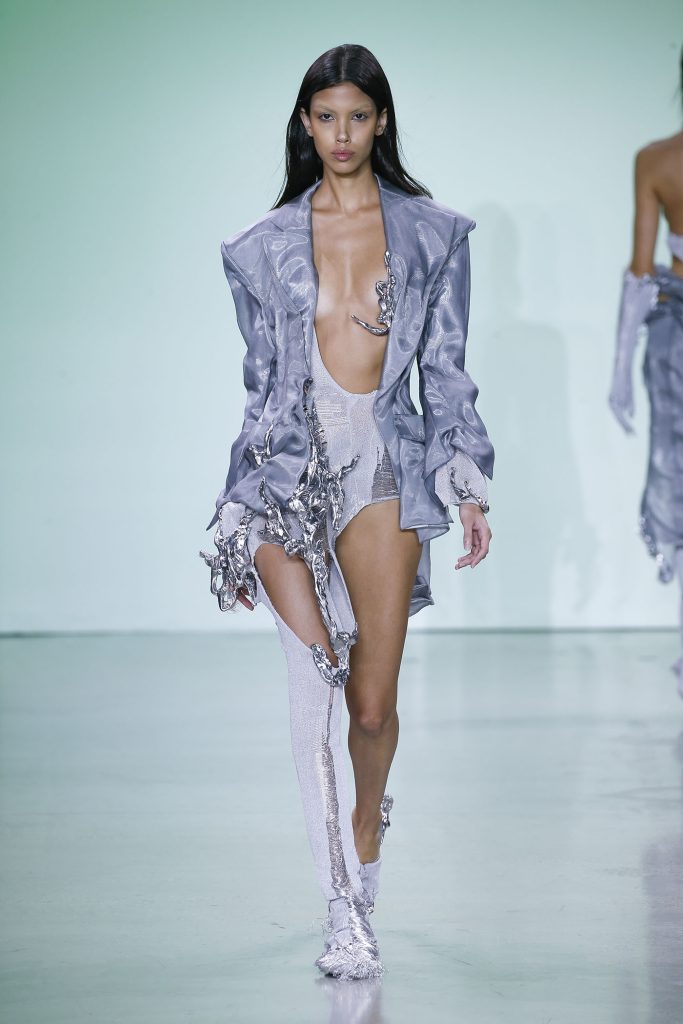 weiran
weiran
 Eva Heugenhauser
Eva Heugenhauser
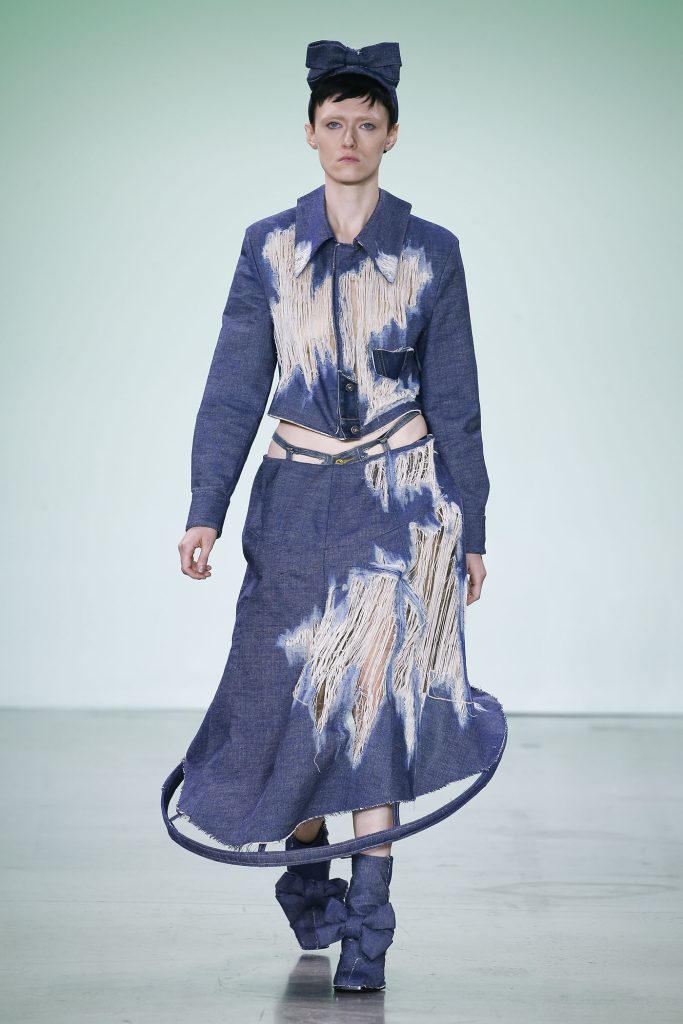 marlene haase
marlene haase
by WeiRan The work combines digital techniques and manual craftsmanship to reinvent common objects in the world of fashion design. Its goal is to create a new visual language through digital manipulation and textile experimentation, building new visual elements and blurring the boundaries between the physical and virtual worlds through fashion.
With his collection of theses, Eva Heugenhauser aims to critically consider the concepts of time and value and thus suggest an abstract and innovative understanding of a sustainable design approach through the development of its own ephemeral textile combined with a focus on a strong passion for tailoring and design. pattern.
In his collection of masters, marlene haase investigated the social and historical context of cotton garments. In his collection, he worked with original fast fashion garments that illegally entered the US market and redesigned them based on his value system. With his collection he intends to open a discussion about the value and work of the most popular garments: Denim Jeans, Trench Coats and Jersey Sweaters.
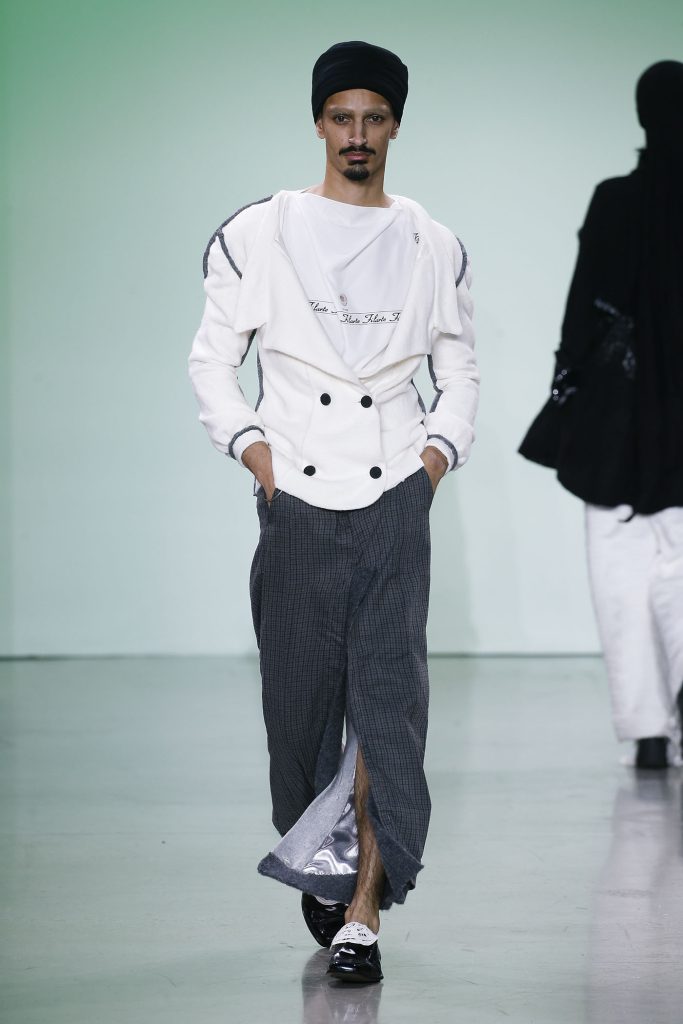 lilac ferdi
lilac ferdi
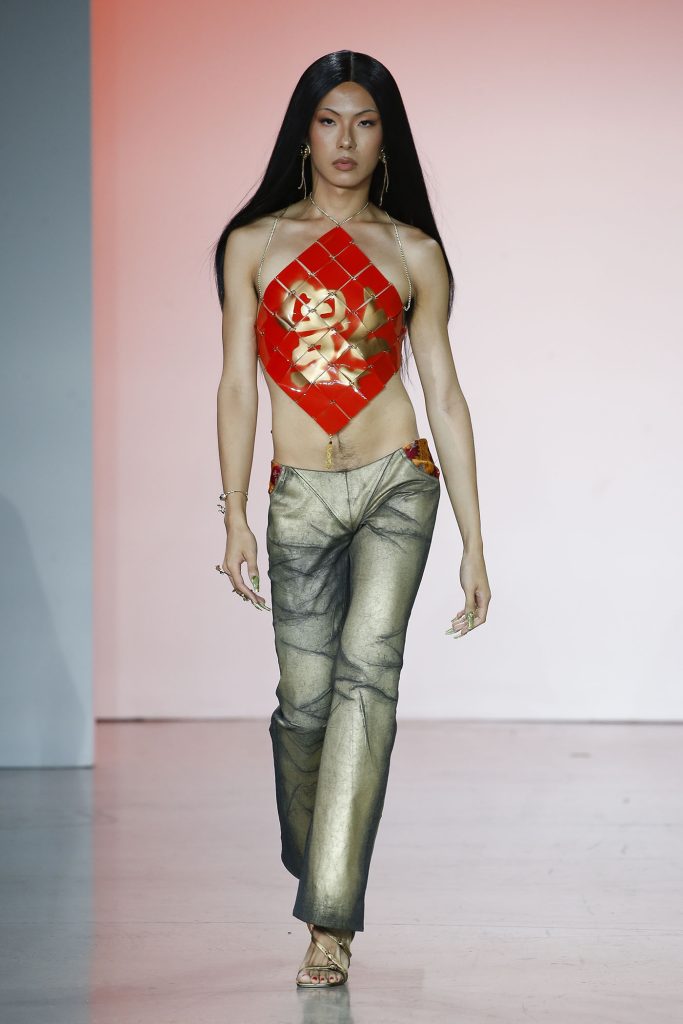 zhiqingzhang
zhiqingzhang
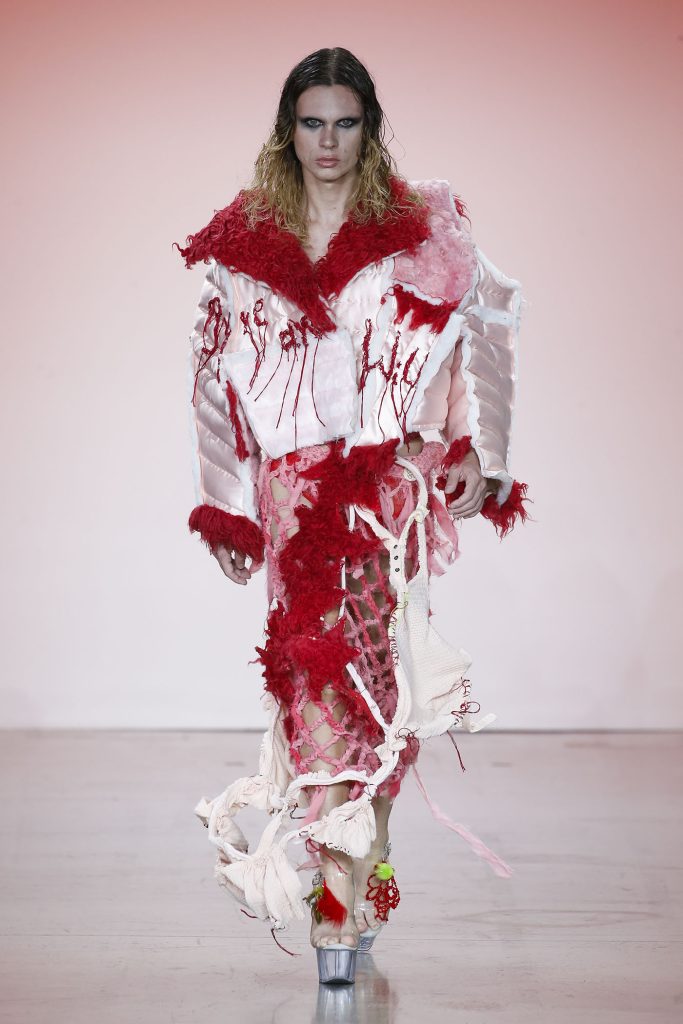 yin feng
yin feng
According to lilac ferdi, “I have always collected fabrics, scraps and pieces of clothing to rework them together as a final canvas. This collection is not, nor will it be in the future, but it will be shown through a ‘system’ that involves designers, manufacturers and customers so that we understand clothing and how it moves according to our bodies and lives”.
zhiqingzhang (Qing), also known as Princess of Chinatown, is a multidisciplinary artist and fashion designer. Born and raised in southern China, Qing’s education has a great impact on her work. Qing’s artistic creation integrates multiple fields, including clothing, makeup, styling, film, acting, and more, while most of Qing’s works focus on exploring gender, sexuality, self-expression, body image, identity and culture of the LGBTQ community.
yin feng The collection of theses is a reflection on a society deeply rooted in patriarchy. From advocating for sex work to celebrating childhood, Ying showcases these themes through a variety of craft techniques such as crochet, beading, embroidery, and working with recycled garments. Ying has a background in visual communication design and enjoys working with multimedia such as videos and books. She is also the founder of Club Innocent.
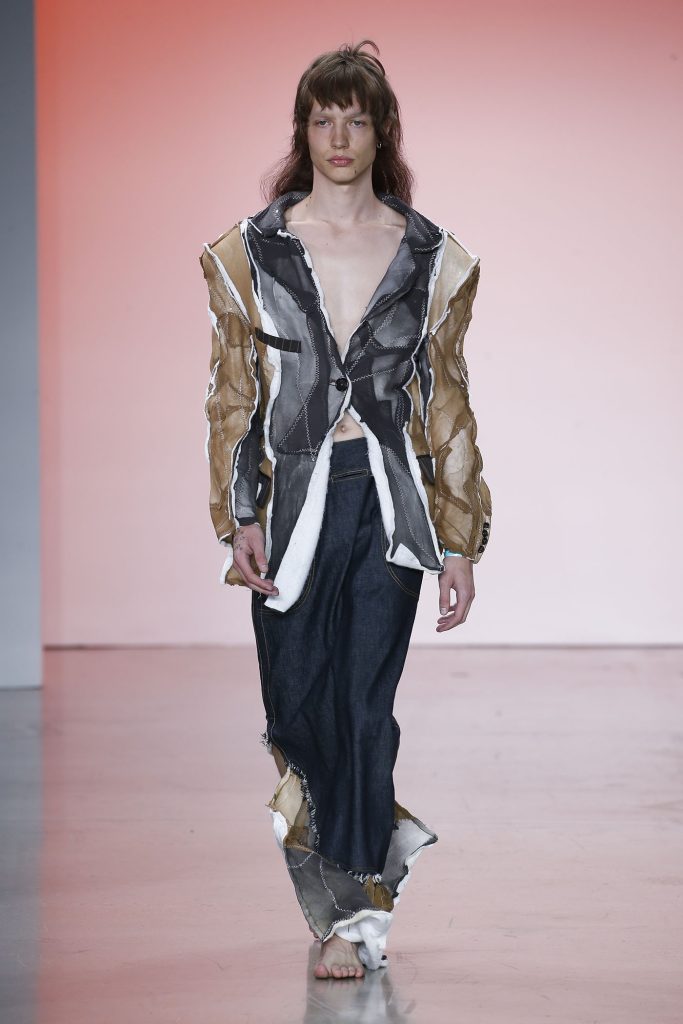 tao li
tao li
 Meng Ling Chung
Meng Ling Chung
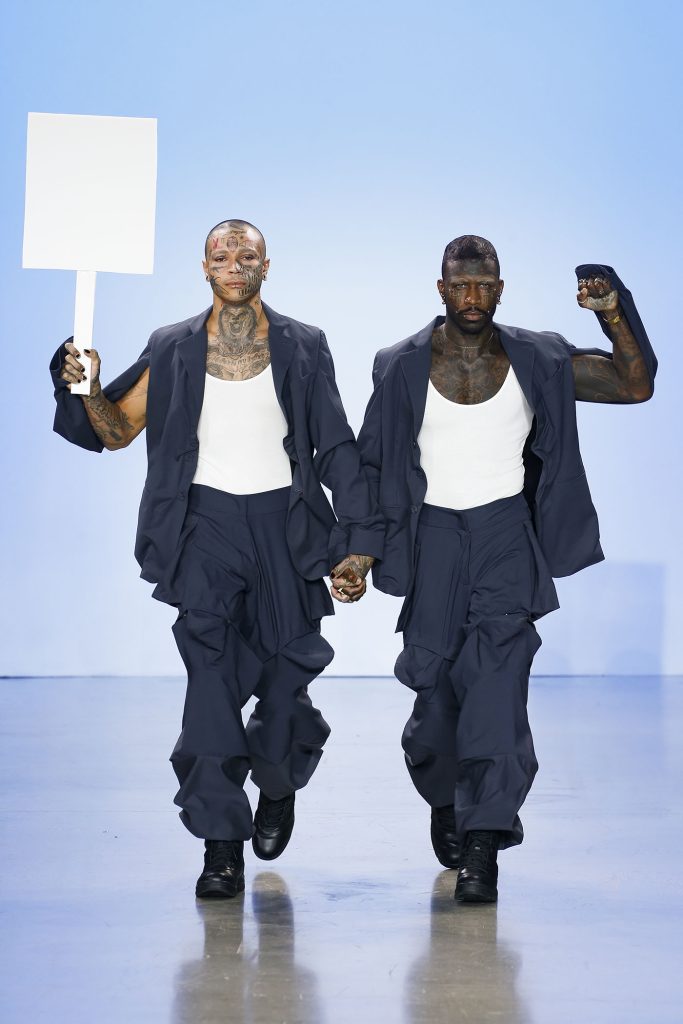 sarah hawes
sarah hawes
“Given that I grew up in different districts of China, the construction and transformation of different cultures and identities cause me gender confusion from an environment made up of men when I was a girl,” she says. tao li. Therefore, as a fashion designer, it is important to reflect past-present-future thinking to indicate my emotional trauma and directly through fashion as art therapy. Expose my insecurity to make me feel safe.”
“After joining Parsons, I want to expand the definition of audience engagement and keep the concept simple because I hope the final product can be used just to explain the idea so people can understand and enjoy it,” he says. Meng Ling Chung. “So, in my recent works, I want to use play as a bridge to allow clothing and people to interact to create memories. This intention is the same as our DIY jobs when we were young; even if it is not perfect, it will still be preserved. As a designer, I think I am creating a mechanism that allows people to change the shape of clothes with their own ideas and simple operations. I create a form and the audience brings them to life.”
sarah hawesMFA thesis work does not fall into the typical realm of a fashion collection. Her work is based on her anxieties about the future consequences and implications of the current relationship between science, technology and human beings. Her project grew out of ethnographic research and her personal discomfort at living in a generation where there is worldwide chaos at all times in all directions. She began her research by capturing the DNA and lived reality of undocumented and unseen everyday moments in everyday life and incorporated the essence of her with her own experience to create a community approach to design.
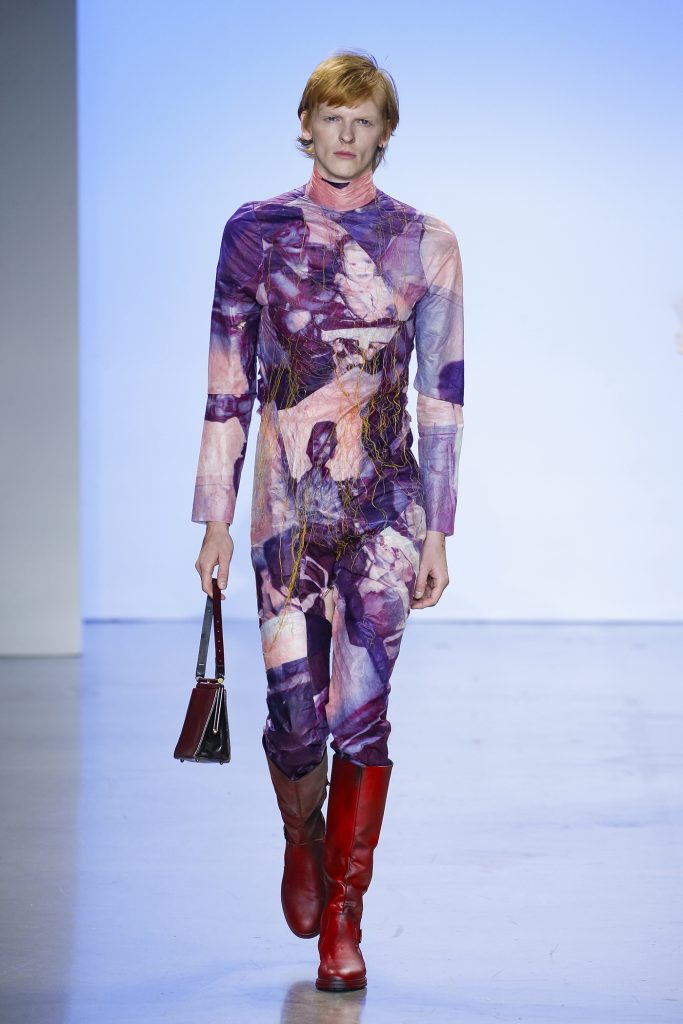 Anna Zhang
Anna Zhang
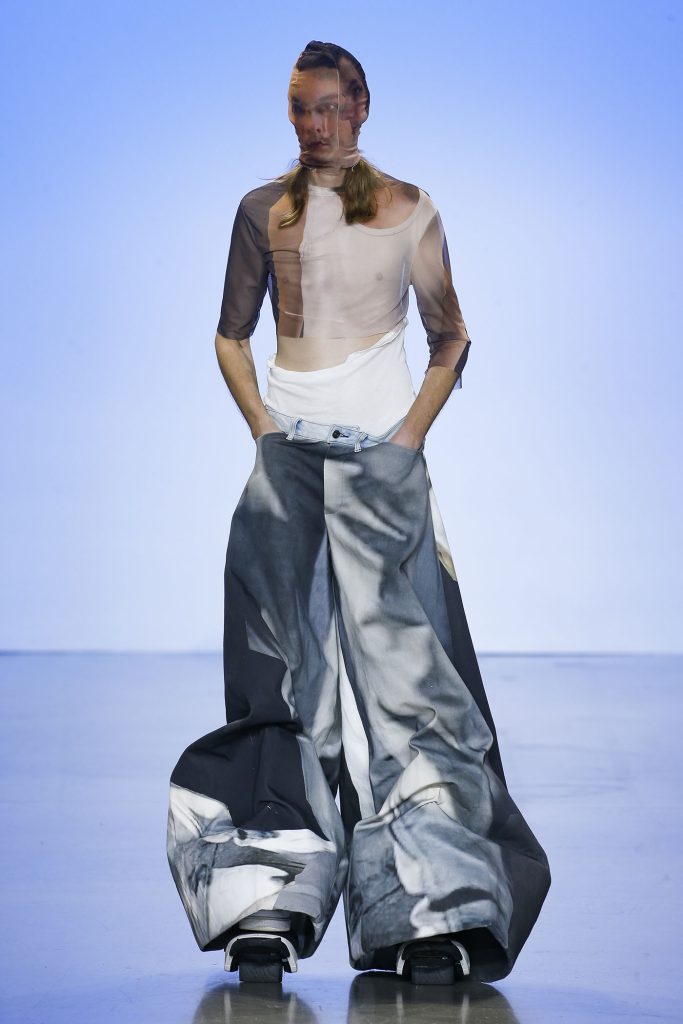 Alexandra Petina
Alexandra Petina
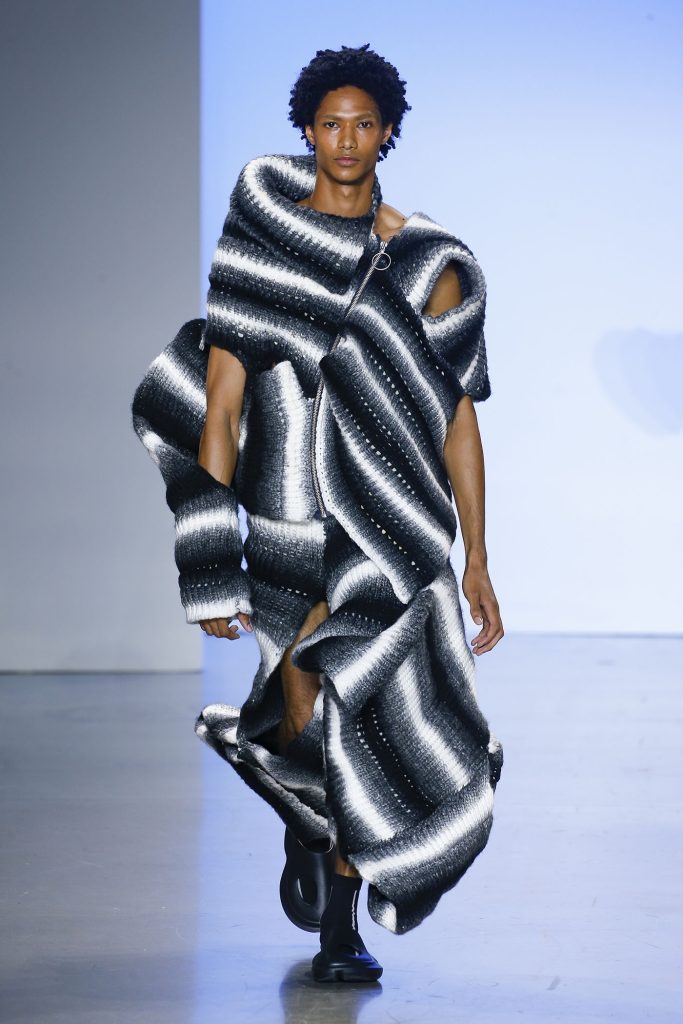 Xiaomo Chen
Xiaomo Chen
Despite the fashion collections, by anna zhang the work also includes textiles, installation art, painting, and film. He likes to explore the relationship between the human body and the environment through different forms of art. She believes that fabric is just a commodity, only when it interacts with bodies can it truly become powerful work. Textile is the key language of Anna’s fashion work. She is skilled in various textile technologies, such as weaving, printing, dyeing, embroidery, etc. She always tells the stories of her exploring creative and sustainable material.
Alexandra Petina is a Russian designer. After receiving his bachelor’s degree in Moscow, he traveled to London to study at Central Saint Martins and chose New York as the final destination for his academic experience. He has a multidisciplinary approach to fashion, such as body-scale image creation, and appreciates the variety of tools and multimedia aspects of fashion design.
Xiaomo Chen is a knitwear designer from Taiwan, specializing in computer programming/knitting. “My research starts from the study of ‘Post-Human’ and focuses on ‘situated knowledge’, which means that different perspectives would give rise to different definitions. The term is most often used in perspectives stemming from social constructionism, radical feminism, and postmodernism to emphasize her view that absolute and universal knowledge is impossible.”
 ruyu zheng
ruyu zheng
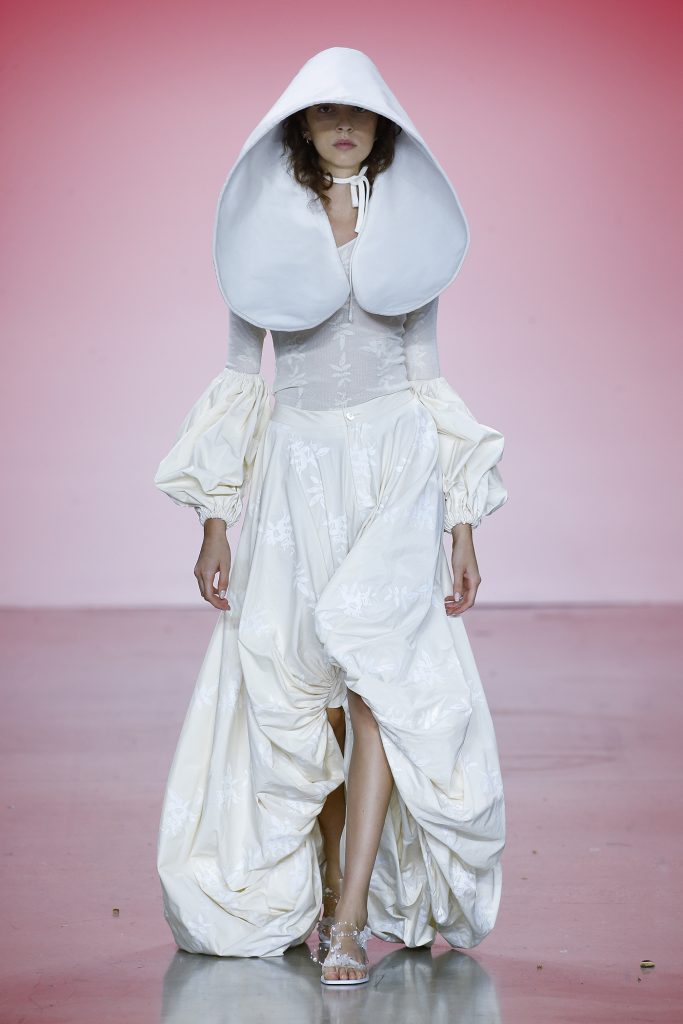 liu liu
liu liu
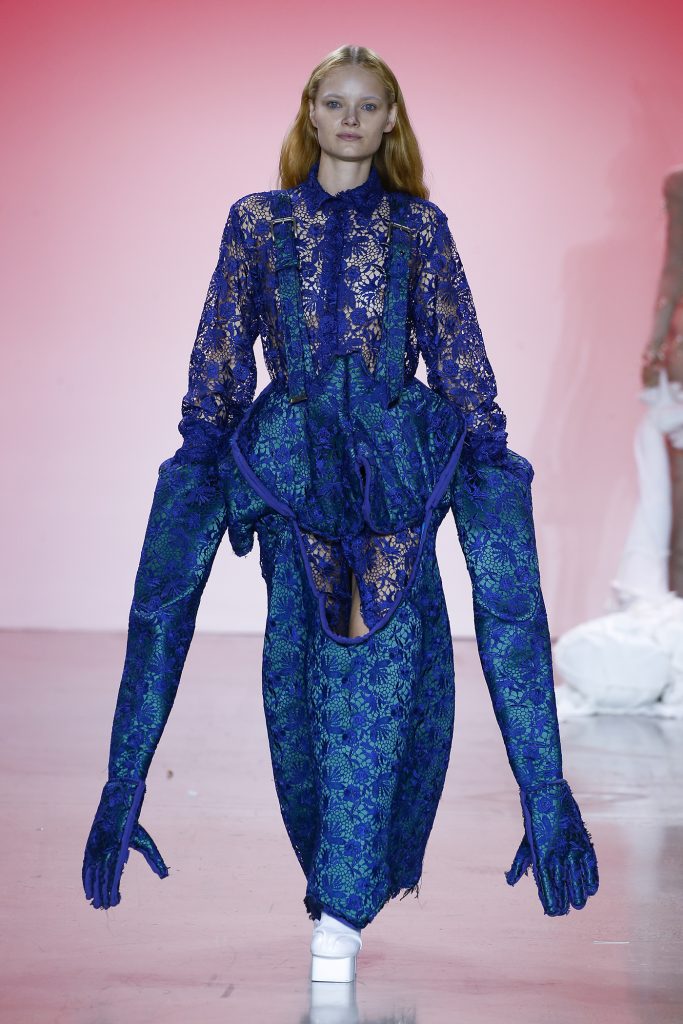 Asato Kitamura
Asato Kitamura
According to ruyu zheng, “For my project, I would like to integrate Chinese traditional furniture and skill into fashion in a new way. I hope that my collection is about going back to a level of artisans, each piece has a unique texture and has emotional content. In the process of combining furniture elements and garment structure, I found the silhouette of the collections to express my story. And I hope that my story can allow fashion, as a human connection, to approach how to apply craft, which is a kind of emotional craft through objects.
As a fashion designer, liu liu sees fashion design as a tool to respond in a variety of ways to the notion of the authentic self. His works are related to the exploration of the intimate relationship between emotion and clothing and the conformist phenomena of dressing and defining clothing through gender-neutral fashion. She hopes that her work can change people’s stereotypical thinking.
asato kitamura the parents believed in a religion called Nichiren-Shoshu in Japan. He grew up surrounded by beautiful things like religious sculptures. However, his parents’ relationship was weak and there was always a dissonance in his house. His imagination was born in an environment where dissonance, made by negative emotions of humans and prayer to God, were always mixed. In graduate school, he devoted himself to the philosophies of Freud and Nietzsche, intertwining his own experience and exploring the affirmation of trauma and the value of imperfections. For him, Fashion is a ritual that sublimates the pain of life in elegance.
Source: blogs.newschool.edu